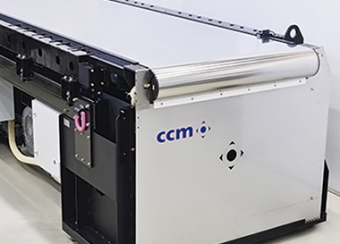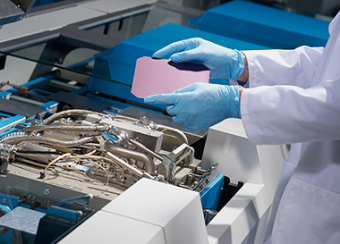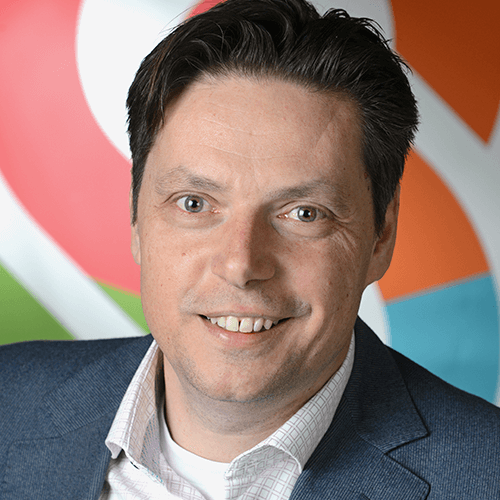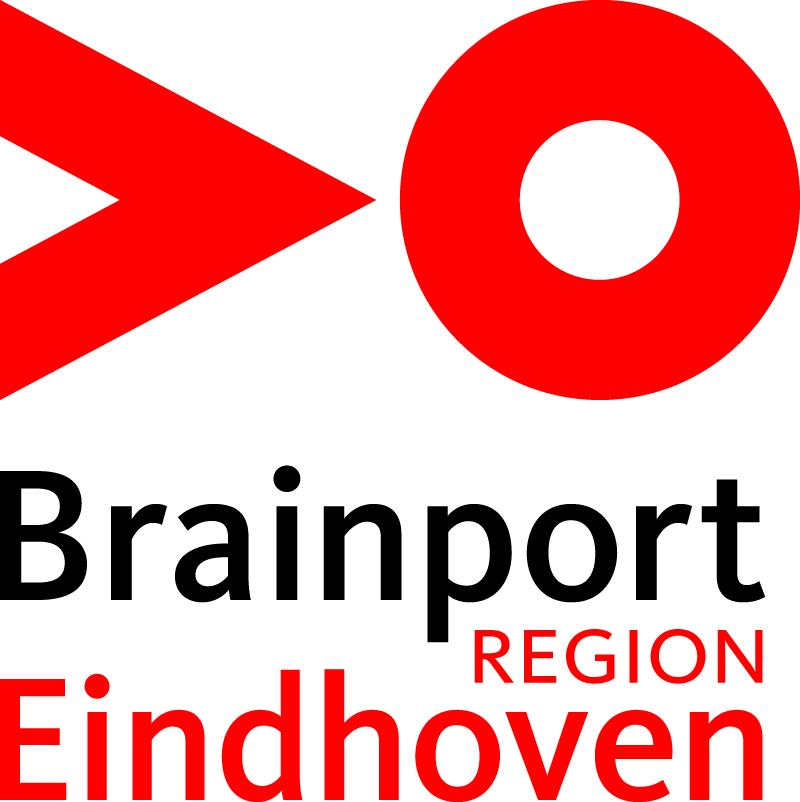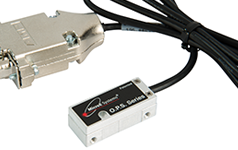Sensor technology plays major role in semiconductor industry
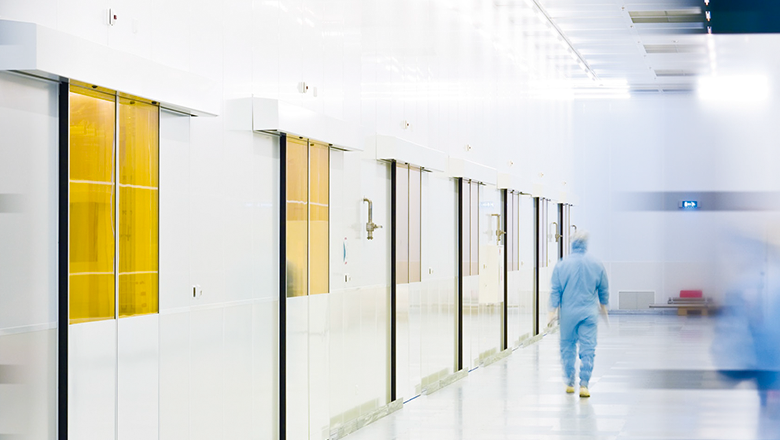
As their R&D partner, Sentech develops and supplies sensor integrations, often comprising complete sensor assemblies: also known as an assy. In mid-2013, for instance, one such module builder approached Sentech to carry out a new OEM development.
Sentech subsequently took charge of development, as the firm’s R&D partner. Thanks to its solution-oriented sensor & application knowledge, Sentech previously succeeded in raising numerous types of machinery and precision technologies to a higher plane.
Balance between the semiconductor market’s stringent requirements and cost price a challenge
The semiconductor industry is all about precision mechanics and mechatronics. High‑tech machinery is used to apply extremely thin layers of material to a substrate (wafer) in process chambers. Sentech develops high-quality sensor technology in the form of fully integrated sensor assies for machinery, including that used by ASML and several of its suppliers.
These sensor solutions are used to manage and monitor operations including the process of conveying substrates into and out of the process chambers. They yield highly valuable data, which enables the semiconductor industry to improve its machinery and subsystems.
Given that they perform precision operations at a nanometer level, implies that these systems have to comply with highly stringent quality requirements.
This is further complicated by the fact that is has to be achieved at an affordable cost, according to Peter Verstappen, Account Manager at Sentech. “While almost anything can be achieved, it does come at a cost. Sentech feels entirely at home walking this tightrope between technical and commercial viability. We thrive on the challenge of developing the most optimum sensor solutions while remaining within an acceptable budget.”
Definition of the problem and customer’s challenge are Sentech’s starting points
Sentech is regularly approached by semiconductor OEMs and their suppliers to provide R&D support. Verstappen: “We think along with them in resolving the sensor issues in their designs. This usually relates primarily to the detection, control and measurement of the process of conveying wafers into and out of the process chambers.”
These process chambers are where the surface processing of the wafer takes place. This calls for an extremely high level of precision, which is not visible to the naked eye, because the process is carried out on such a minute scale. Sensors are therefore required for the positioning, control and measurement of the wafers.
Mr. Verstappen: “It all starts with a schedule of functional requirements for the process and the function performed by a machine or a system. We translate this into mechatronics. Sentech then endeavors to establish which sensor technology is the most suitable for monitoring, control and measurement. It’s a matter of finding the sweet spot. Which sensor technology is best suited to meet the challenge in question? Only when we have addressed this issue do we proceed to consider the form of the sensor. And the total costs naturally play a major role in this regard.”
Semiconductor – sensor technology for transport, positioning, detection and measurement
The manufacturing operations performed by semiconductor machines consist of a number of processes that are managed, controlled and measured using sensors. The first of these is the supply of semi-manufactured products to the machine. Sensors are required to reliably select and detect the products, and then convey them to the machine.
The next stage comprises surface processing in a process chamber. The temperature, and often the presence of a vacuum and certain process gases are determining factors in the sensor technology necessary to achieve this. The final stage of the process consists of conveying the finished product from the process chamber to the correct location for further handling.
Mr. Verstappen: “In this case, our greatest challenge was to select and develop the appropriate sensor technology for the process chamber. The closer you actually come to the primary process, the higher the temperature becomes. Sensors and the internal electronics are normally resistant to temperatures of up to around 70⁰C. For this particular OEM’s process chamber, however, the sensors selected had to be able to withstand temperatures of up to 140⁰C.”
The process chamber in question is therefore now fitted with temperature-resistant inductive proximity switches. “However, we also had to pay close consideration to the particular light wavelengths in question, which cause the majority of materials to age rapidly and degenerate. Sentech’s considerable experience means that we have a clear understanding of such phenomena. We therefore searched the market to find the best fit in relation to the functional requirements and costs of integration. We invariably endeavor to find standard off-the-shelf sensor products for such assemblies, as development is not an objective as such.”
In order to devise the most suitable solution, it is vital that we first clearly distinguish between the customer’s wishes and absolute requirements.
Mr. Verstappen: “In this particular customer’s case, we were able to come up with a sensor integration comprising standard components, which could be directly deployed in most positions. In a few areas, however, we had to adapt the sensor design to meet the ambient requirements or dimensions.”
This led to the provision of a temperature-resistant proximity switch, including the wiring and connector, and a temperature sensor in a special casing. “We actually ended up applying seven sensor technologies for this customer. This is including the following: optical and inductive sensor technology, temperature sensors, O₂ sensors, optical encoders, glass-fiber sensors and contactless temperature sensors (pyrometers)”, says the account manager.
R&D partner for semiconductors: pursuing sensor integration
Sentech works for many of the players in the Dutch semiconductor market. These are mainly concentrated in the country’s three technology regions, which – by no coincidence – also house its Universities of Technology.
Mr. Verstappen: “We embarked on an OEM development project with this module builder in 2013. Then, following a relatively quiet intervening year, we were approached again in mid-2015 to assist in the following stages of development.”
Sentech currently supplies a range of sensors and assemblies used in these machines. “As the firm’s R&D partner, we organize meetings for the engineers and system architects involved at crucial junctures. We do so with a view to both avoiding email ping-pong, while ensuring that people’s interpretations leave nothing to chance. Sentech takes the initiative in terms of sensor development. Our customers tell us that we are truly unique in this regard.”
The meetings contribute towards the focus on technological and financial viability. “And this enables us to keep everything on track. This customer still has a great deal to gain following completion of the initial design, after all, as not all sensor functions are supplied as fully validated sensor assemblies at that stage. An assy offers numerous benefits: it provides increased reliability, as Sentech has the opportunity to test and perfect the entire assembly.”
The use of assies enables the modular construction and assembly of machinery, which not only boosts quality assurance, but also enables a shorter lead time.
Added value for high-tech manufacturers
Sentech’s added value really comes into its own in complex high-tech development processes. Mr. Verstappen: “The more complex the technological challenge, the more vital a sensor expert becomes. Sentech shows its superiority during such a development process. In cases where the major sensor manufacturers are obliged to withdraw, we are capable of providing the most favorable solutions at an acceptable cost. We thrive on complex technical issues and challenges.”
Sentech adopts a highly transparent attitude to her customers, also offering them clear alternatives. “However, we are not just a reliable R&D partner. The reliability and quality of our production, testing and distribution processes are of an equally high level.”
And Mr. Verstappen’s claim is borne out in the highly impressive range of quality certificates which Sentech has been issued by both quality institutes and customers such as DAF.
Successfully implement sensor technology
A successful implementation of new sensor technologies can be a real challenge. You want to improve your machines. How do you use data to increase efficiency? What is the future as an engineer and what are the sensor trends?
In our ebook you can read the answers, including practical examples of sensor issues and solutions.
Challenge yourself and take your time for this free download.

